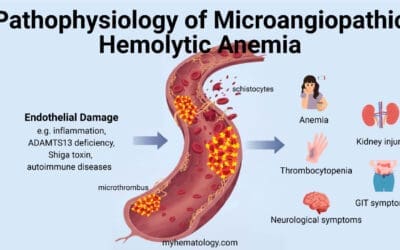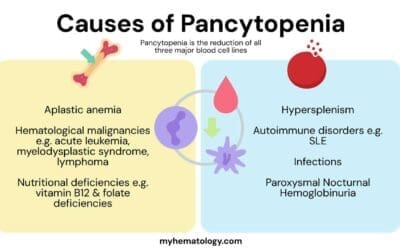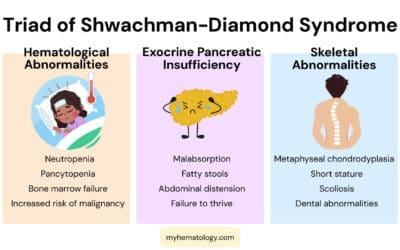Iron deficiency anemia is a common type of anemia that occurs when your body doesn’t have enough iron to produce hemoglobin. Without enough hemoglobin, your body can’t get enough oxygen, which can make you feel fatigued and weak. For busy individuals, at-home iron tests offer a convenient and accessible way to monitor your iron levels and identify potential deficiencies early on.
However, at-home iron tests are a screening tool and should not be used as a substitute for professional medical advice. Consult with your doctor to discuss your results and any necessary follow-up.
Quick Links
Best for accurate results Verisana Iron Test
Best for clear instructions Kueysing Iron Deficiency Test kit for Children and Adults, Rapid Home Test
Best for the wallet GetTested Iron Deficiency Test Kit for Men and Women
Disclaimer: This information is based on research and is accurate to the best of our knowledge at the time of publication. Please note that the writer has not personally used or tested these products.
Why is iron important?
Iron is an essential mineral that plays a critical role in various bodily functions, including oxygen transport, energy production, muscle function, brain development, immune function, hormone production, and collagen synthesis. Iron deficiency can have significant health consequences, emphasizing the importance of maintaining adequate iron levels through a balanced diet or supplementation when necessary.
What is iron deficiency anemia?
Iron deficiency anemia (IDA) arises from insufficient iron levels, hindering the production of hemoglobin. Hemoglobin is a protein in red blood cells that helps carry oxygen throughout the body. Iron is essential for the formation of hemoglobin, so a deficiency can lead to fatigue, weakness, and other symptoms. This type of anemia is the most prevalent globally.
Iron deficiency anemia is most common in women of childbearing age, pregnant women, and people who are vegetarian or vegan. It can also be caused by blood loss, such as from heavy menstrual bleeding or a peptic ulcer.
What are the common signs and symptoms of iron deficiency anemia?
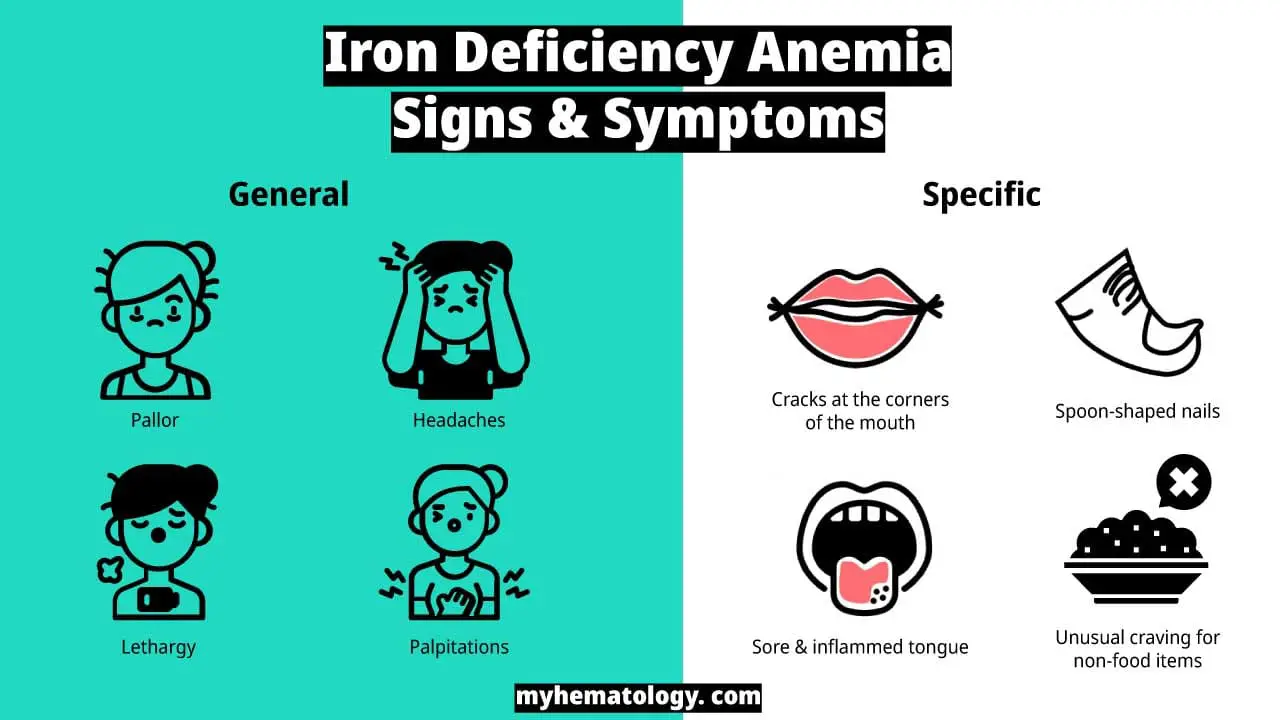
Symptoms of iron deficiency anemia can include:
- Fatigue
- Weakness
- Shortness of breath
- Pale skin
- Cold hands and feet
- Dizziness
- Headache
- Chest pain
- Rapid heartbeat
- Brittle nails
What are the causes of iron deficiency anemia?
There are many factors contributing to iron deficiency anemia. Among the most common causes are:
Inadequate dietary intake: Iron is found in foods like red meat, beans, spinach, and fortified cereals.
Blood loss: Heavy menstrual periods, gastrointestinal bleeding (e.g., ulcers), or surgery can cause blood loss and iron depletion.
Increased need: Pregnant women, growing children, and athletes may need more iron.
Poor absorption: Certain conditions, like celiac disease or Crohn’s disease, can interfere with the body’s ability to absorb iron.
Who are at higher risk of developing iron deficiency anemia?
Several groups of people are at higher risk of developing iron deficiency anemia:
- Women of childbearing age: Menstruation can cause significant iron loss each month.
- Pregnant women: During pregnancy, the body’s iron requirements increase significantly to support the growth of the fetus and the increased blood volume.
- Infants and young children: Rapid growth during these stages increases iron demands.
- Adolescents: Especially adolescent girls due to the onset of menstruation and continued growth.
- Individuals with heavy menstrual bleeding: This can lead to significant iron loss.
- People with certain medical conditions:
- Gastrointestinal conditions: Such as ulcers, inflammatory bowel disease (Crohn’s disease, ulcerative colitis), and celiac disease, can interfere with iron absorption.
- Chronic diseases: Such as kidney disease and chronic infections, can increase iron demands or impair iron absorption.
- Vegans and vegetarians: If they do not consume iron-rich plant-based foods or iron-fortified products in adequate amounts.
- Regular blood donors: Frequent blood donations can lead to iron depletion over time.
- Athletes: Especially endurance athletes, may have increased iron demands due to increased red blood cell breakdown.
How is iron deficiency anemia diagnosed?
Iron deficiency anemia is diagnosed using a combination of tests.
Complete Blood Count (CBC): Measures red blood cell count and hemoglobin levels. Low hemoglobin and red cell count indicates anemia.
Ferritin levels: Indicates iron storage in the body and is low in iron deficiency anemia.
Serum iron and transferrin saturation: Measures the amount of iron in your blood. The levels are both low in iron deficiency anemia.
What are the benefits of at-home iron tests?
At-home iron tests offer several potential benefits:
- Convenience and Accessibility: Eliminates the need for doctor’s appointments and lab visits, saving time and effort. It allows for testing in the comfort of your own home at your convenience.
- Early Detection:Can help identify potential iron deficiency early on, enabling prompt treatment and preventing potential complications.
- Proactive Health Management: Empowers individuals to take a more active role in monitoring their own health. It can help identify potential nutritional deficiencies and inform dietary or lifestyle changes.
All these recommended at-home iron tests measure ferritin in the blood to reflect the iron stores in the body. Free iron can be harmful to the body. To prevent this, iron is stored within cells bound to a protein complex called ferritin. As small amounts of ferritin enter the bloodstream, measuring ferritin levels helps assess iron deficiency. Significantly low ferritin levels indicate depleted iron stores.
GetTested Iron Deficiency Test Kit for Men and Women
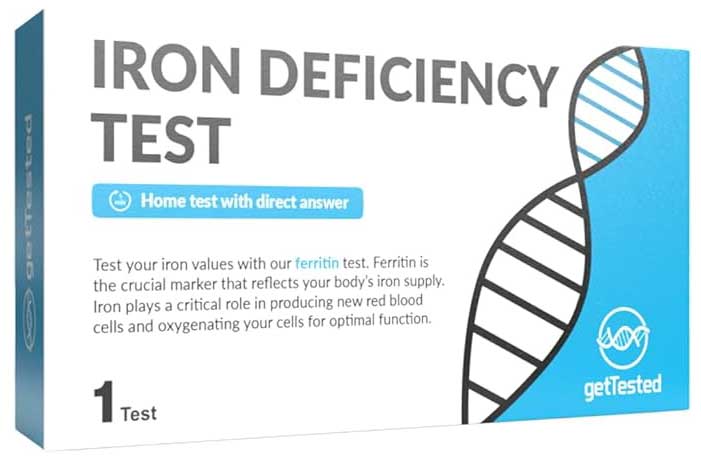
About the test
The GetTested Iron Deficiency Test Kit offers a simple and reliable method for checking your iron levels at home with their easy-to-use ferritin test. Collect a small blood sample with a finger prick, apply it to the test strip, and read the clear results in just 5 minutes.
Pros
✔ Easy-to-use
✔ Fast results
✔ Low cost
Cons
❌ Need to prick the finger using a lancet
❌ Only indicates normal or abnormal. Not numerical quantitative reading
❌ Lancet can be filmsy
❌ For screening purposes only
Kueysing Iron Deficiency Test kit for Children and Adults, Rapid Home Test
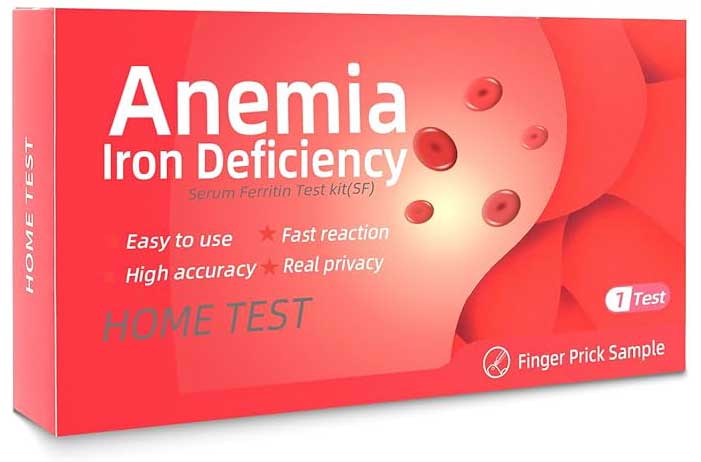
About the test
Similar to GetTested Iron Deficiency Test Kit, this is a serum ferritin test kit used to diagnose iron deficiency anemia. With a quick finger prick, collect a small blood sample and apply it to the test strip. You’ll have the results in just 15 minutes.
Pros
✔ Easy-to-use
✔ Fast results
✔ A color chart for quick and easy result interpretation
✔ A manual card to guide you through the process
Cons
❌ Need to prick the finger using a lancet
❌ Pricier than the previous product
❌ Waiting time of 15 minutes for results
❌ For screening purposes only
Verisana Iron Test
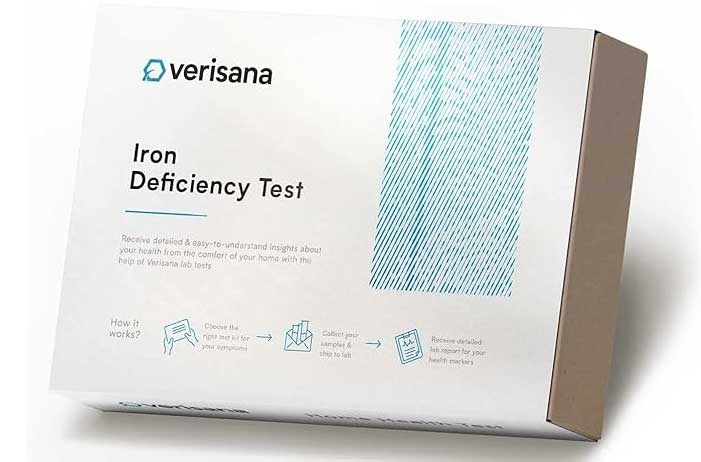
About the test
Verisana Iron Deficiency Test conveniently measures your ferritin levels at home. Order your kit, collect a sample at your convenience, and return it to the lab. Your results will be available online and emailed to you. The test kit encompasses all necessary components, including sampling instructions, supplies, and a return shipping envelope. No additional fees are incurred – scientific analysis and a comprehensive laboratory report are included.
Pros
✔ Easy-to-use
✔ Numerical quantitative results
✔ CLIA-certified lab
✔ Different test kits for men and women, respectively
Cons
❌Expensive
❌Needs blood sample to dry for one hour and then needs to ship within 24 hours
❌Results will be available in approximately one week.
❌Due to regulatory reasons, this test is currently not available in NY/NJ/RI/MD
Important Considerations
At-home tests are a screening tool: A positive result from an at-home test does not confirm iron deficiency. It is crucial to consult with a healthcare professional for diagnosis and treatment.
Discuss results with a doctor: Share your results with your doctor to discuss the implications and determine the best course of action.
What are the treatment options available for iron deficiency anemia?
Treatment Options:
- Iron Supplements: Oral iron supplements are commonly prescribed. Make sure to follow the doctor’s instructions on dosage, as excess iron can be harmful.
- Iron-rich diet: Eat foods high in iron, such as red meat, poultry, beans, tofu, spinach, and fortified cereals.
- Vitamin C: Vitamin C helps your body absorb iron, so consume vitamin C-rich foods (like citrus fruits or bell peppers) with iron-rich meals.
- Intravenous iron or blood transfusion: In severe cases, or when oral supplements are ineffective, a doctor may recommend intravenous iron or a blood transfusion.
Frequently Asked Questions (FAQs)
How accurate are at-home iron tests?
At-home tests can provide a preliminary indication of iron status. However, their accuracy can vary. It’s crucial to discuss test results with a healthcare professional for proper interpretation and diagnosis.
What do at-home iron tests measure?
Most at-home tests measure ferritin, a protein that stores iron in the body. Some may also measure hemoglobin levels.
How do I use an at-home iron test kit?
Follow the instructions provided with the specific test kit carefully. Generally, it involves collecting a small blood sample with a finger prick and applying it to a test strip.
What should I do if my at-home iron test result is abnormal?
Consult with a healthcare professional to discuss your results and determine if further testing or treatment is necessary.
Are at-home iron tests a substitute for a doctor’s visit?
No, at-home tests are a screening tool. They should not replace a doctor’s diagnosis and treatment plan.
Disclaimer: This information is for general knowledge and informational purposes only and does not constitute medical advice. Always consult with a qualified healthcare professional for any health concerns or before making any decisions related to your health.
References
- Goldberg S, Hoffman J. Clinical Hematology Made Ridiculously Simple, 1st Edition: An Incredibly Easy Way to Learn for Medical, Nursing, PA Students, and General Practitioners (MedMaster Medical Books). 2021.
- Garrison C. The Iron Disorders Institute Guide to Anemia: Understanding the Causes, Symptoms, and Healing of Iron Deficiency and Other Anemias (Cumberland House). 2009.
- Johansson A. Iron Deficiency Anemia Cookbook: Essential Diet Guide, 50 + Iron Rich Recipes and a 2-Week Diet Plan to Help Low Iron Levels. 2021.

